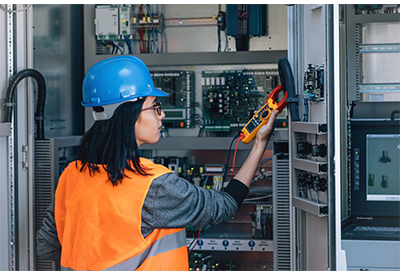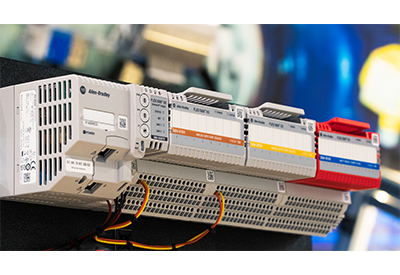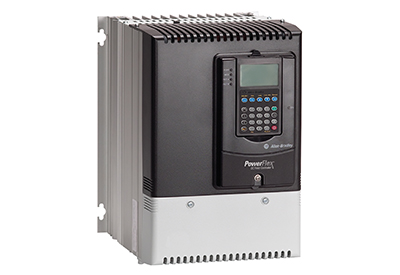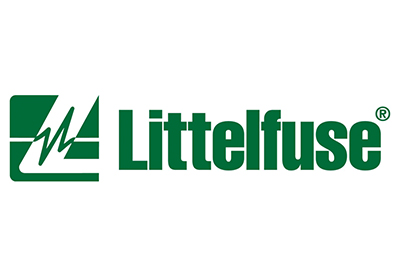“Smart Objects” Ease the Way to Smarter Machines

February 10, 2020
By Dan Seger
As an OEM, you don’t need a data scientist to tell you the demand for smarter, IoT-enabled machines is intensifying. You’re on the front lines and must address customer requirements for equipment that not only collects more data – but also shares it with information systems in useful ways.
Integrating smart machines at the end-user site quickly and cost-effectively is a key challenge for many OEMs. Likewise, addressing information connectivity challenges has been an ongoing focus of technology evolution for decades.
Here’s one key question that must be addressed within the marketplace: How can we make control systems even more information-enabled to ease integration – and improve the solutions smart machines deliver?
Disorganized, undiscoverable data is the crux of the problem
Today’s smart machines generate more data than ever before. But the data produced by typical machine control systems is disorganized, undefined – and therefore undiscoverable by information systems.
Historically, making machine information discoverable is an exercise that takes place during the integration of the information system platform. To collect useful information, you must first build and define the dataset by searching for each data point, one point at a time. Next, define how information applications poll and collect the data.
While not efficient, the process was straightforward back when machine data points numbered in the dozens. But current demand for sophisticated analytics – and robust machines with potentially thousands of data points per system – have made the process more complex and costly.
And creating a discoverable dataset is just one piece of the puzzle. In addition, the data points take on different meaning, depending on how they are grouped. So another time-consuming and critical part of the process is defining a relationship model for the data.
Changing the equation at the control level
Innovative control system design tools currently in development are focused on changing the machine integration equation.
How? By allowing OEMs to define discoverable data points and the data relationship model well before system integration – at the control level as part of the machine programming process.
At the core of this new functionality are system design instructions that enable you to configure “smart objects” that become part of the tag structure. In line with information system application requirements, smart objects identify what data to collect – and how and when that data is collected.
A second set of instructions creates the organization around the data and determines how data is grouped. For example, if six data points are meaningful together, the instruction defines a single “parent” to collect the data points synchronously.
Information gateway software – added to the machine control platform – finds the collected data along with the organizational model and maps it to a database automatically. To retrieve the needed data, information system applications communicate with the gateway where the collected data and the data model is accessible in database form.
A smarter machine from the start
This new approach to smart machine control system design streamlines one of the most arduous parts of the integration process – before your machine reaches the plant floor. And it does so by leveraging the existing skill sets of your staff who are comfortable using PLC instructions to configure functionality in the control platform.
While streamlining integration is a critical goal, we envision that an approach based on smart objects will deliver additional benefits throughout the lifecycle of a machine:
- – Better, synchronous data.
- – On plant floors today, information applications poll machine control systems for individual data points based on intervals of time. Relationship models built with this asynchronous data are often incomplete, depending on the sequence of variables collected – and when a condition requiring analysis is discovered.
- – Smart objects automatically trigger data collection based on conditions detected in the control system. All data related to the condition is collected synchronously when the event occurs – and delivered to the information gateway.
- – In the short term, synchronous data is optimal for pinpointing the reasons for a machine state change from “run” to “fault,” for example. In the longer term, synchronous data provides better insight into ways to improve Overall Equipment Effectiveness (OEE).
- – Smaller datasets requiring less processing power.
- – Different information applications often look for the same machine data. Today, each application typically polls the machine control system, creates a dataset – and expands the plant data footprint.
- – Smart objects minimize interrogations by multiple applications often looking for the same thing. The result is significantly fewer datasets, which translate to lower costs related to data management, analysis and storage. In addition, the synchronous collection of data means less false entries, or “noise”, in the datasets and thus less processing power dedicated to identifying the noise and removing it before data is used in information system applications.
















